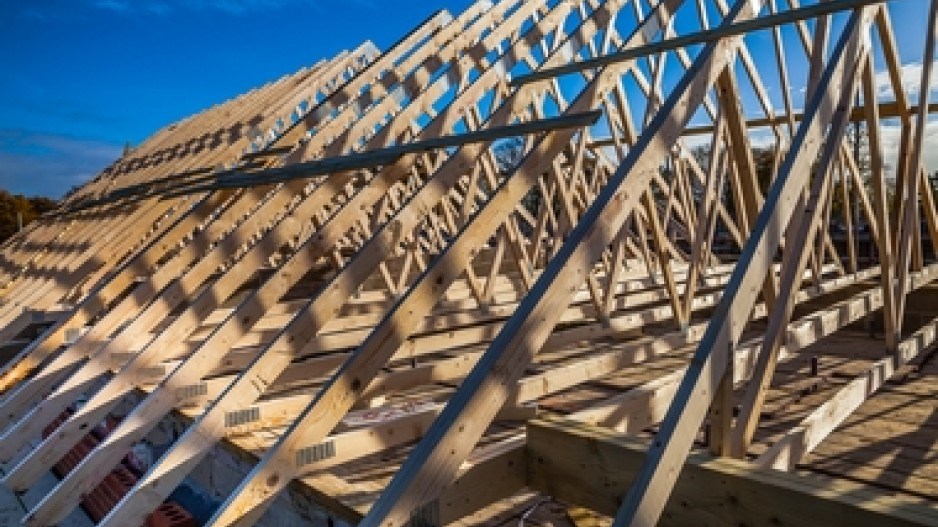Vancouver housing starts were down 7% in September compared with a year ago, according to Canada Mortgage and Housing Corporation data released October 8.
A total of 1,519 units were started in the month, compared with 1,637 in September 2014. Housing starts of single-detached homes were up 1%, from 392 units to 394, but this was not enough to offset a 10% drop in starts of all other housing types, which fell from 1,245 to 1,125.
Year-to-date, however, housing starts are higher this year than they were over the same period last year. From January to September of this year, there was a total of 15,236 units started, compared with 14,641 in the first nine months of last year. Single-detached starts led the way, with a 9% jump from 3,228 units to 3,520. Starts of all other housing types increased as well, up 3% to 11,716 units.
On a seasonally adjusted annualized basis, starts were down 7% in Vancouver to 18,097.
British Columbia as a whole saw a 2% dip in starts in September compared with September 2014, from 2,413 units to 2,375. This was due to a 5% drop in single-detached starts, while starts for all other housing types remained the same. Year-to-date, total housing starts were up 10% in B.C. to 21,965 units. Single-detached housing starts grew 8% in the first nine months of the year to 6,590, and all other housing starts increased 10% to 15,375 units.
In terms of seasonally adjusted annualized units, starts were down 1% in B.C. to 27,331 units.
“B.C. has some catch-up to do following a trend decline in housing construction since 2008, especially following what has been a record year of home sales, said TD Economics’ Diana Petramala.
Starts across Canada jumped 24% in September compared with the same month last year, to 19,141 units. This was led by a 42% surge in attached home sales to 13,802 units. Single-detached unit starts increased 6% to 5,339 units.
On an annualized, seasonally adjusted basis, starts were 230,700 units – the strongest level seen since 2012.
“In the span of about three months, Canadian homebuilding activity has gone from a controlled simmer to a rolling boil,” said Robert Kavcic, senior economist and vice-president of economic research for BMO Capital Markets.
“Two quick takeaways from this: first, residential construction looks to be a bigger support than most expected in the second half of the year, which is good news on the growth front.
“But, second, we probably can’t sustain this level of homebuilding activity for long before excess supply concerns start to build.”




